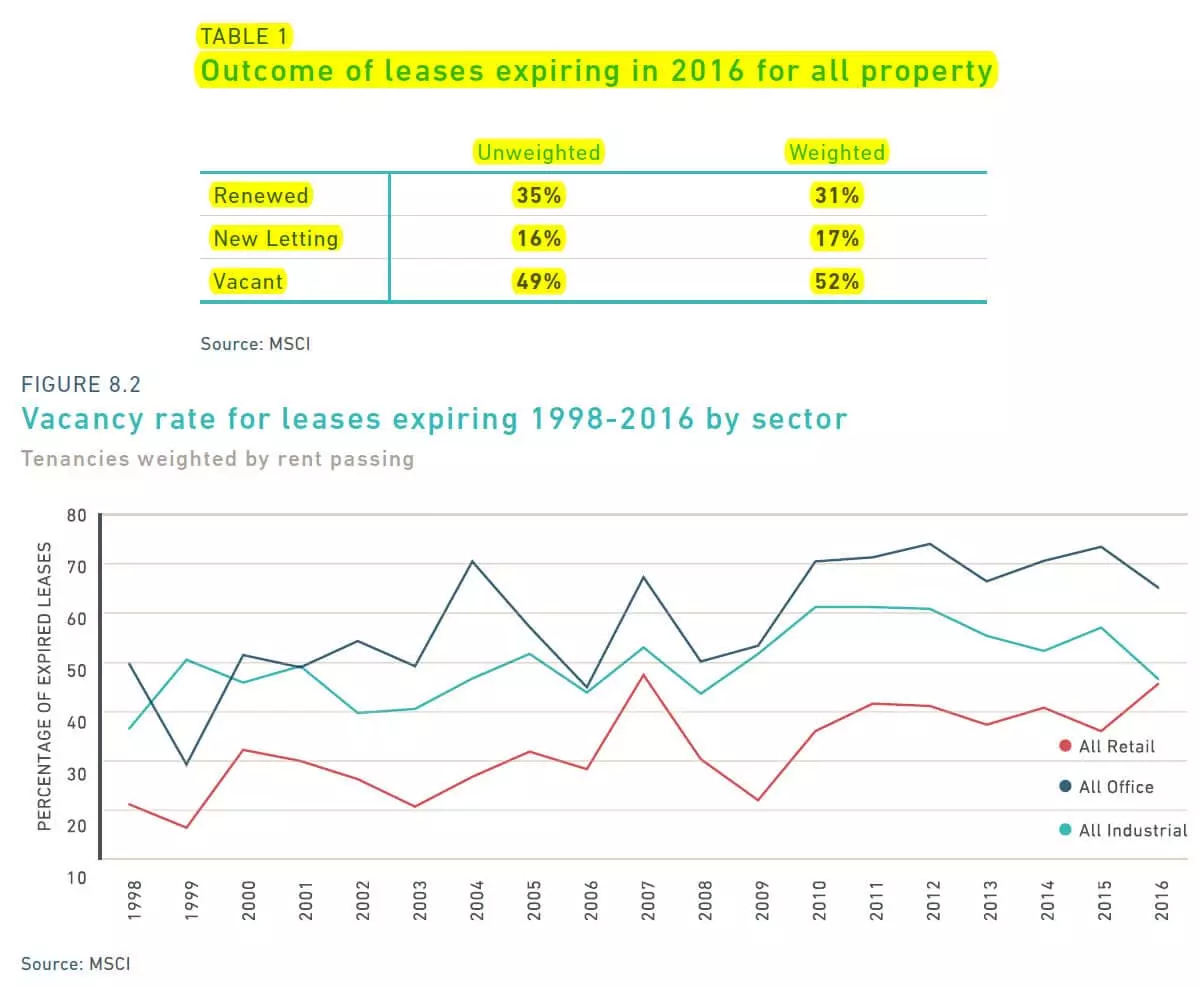
When it comes to real estate market analysis, the term can seem vague and open to interpretation. However, in the realm of commercial real estate and financial modeling, it takes on a more specific meaning. In this comprehensive guide, we will delve into the purpose of commercial real estate market analysis and explore how it is conducted. By the end, you'll have a deeper understanding of this crucial aspect of the industry.
The Purpose(s) of Commercial Real Estate Market Analysis
The main goal of commercial real estate market analysis is twofold: generating reasonable assumptions for financial models and ensuring that the qualitative aspects of the market and property meet your requirements. When building a real estate pro-forma for a multifamily property acquisition, for example, you'll have to make assumptions for items such as average rents, growth rates, occupancy rates, and expenses.
Market analysis helps you determine these numbers or decide if someone else's numbers are reasonable. For instance, if similar properties in the area have experienced a 3% annual growth in rents, it would be difficult to justify a 10% growth rate in your model. However, a growth rate of 4-5% might be more justifiable with valid reasons such as renovations, population gains, or new investments in the area.
It's important to remember that real estate markets are cyclical, so paying attention to the values of these items during low and high points of previous cycles can provide valuable insights, especially when assessing the creditworthiness of a property deal.
How to Conduct Real Estate Market Analysis
To conduct market analysis, a combination of online research and offline work is required. Some of the major components of this analysis include:
Comparable Property Sales
One effective method is to examine the sales prices of similar properties in the area over the past few years. This information can reveal the per-unit and per-square-foot costs as well as the cap rates.
Comparable Properties
Analyzing the average rents, occupancy rates, and concessions provided to tenants at similar nearby properties can help you better understand the market.
Historical Rent, Expense, and Other Trends
Examining past trends in rents, expenses, and cap rates over a period of 5-10 years can provide valuable insights into the market's behavior.
Lease Terms and Renewal Probabilities
Understanding the average lease terms, free months of rent given to tenants, and renewal probabilities is vital in assessing the risk factors associated with a property.
Absorption Data
Analyzing the amount of space that becomes occupied or vacant in a given period, as well as the number of new units or properties constructed and leased out, can shed light on market trends.
Demographic Trends
While demographic trends may be less relevant in prime areas of large cities, they play a crucial role in smaller cities and towns. Population growth, average income, and the unemployment rate are factors worth considering.
In-Person Assessment of Property and Neighborhood
There are certain aspects of a property and its surrounding neighborhood that can only be understood through in-person visits. This includes observing the condition of the property, gauging the vibe of the area, and assessing the surrounding environment.
 Image: Real Estate Market Analysis - Rents and Prime Yields
Image: Real Estate Market Analysis - Rents and Prime Yields
With online research, you can access databases such as Real Capital Analytics, CoStar, or LoopNet, as well as market reports issued by commercial real estate brokerage firms like JLL and CBRE. Additionally, tools like Excel power query can help you analyze the information gathered from various online sources.
In-Person Assessments: The Unseen Insights
While online research can take you a long way, there are certain aspects of market analysis that can only be uncovered through in-person visits. If a deal is significant, you'll likely go for an in-person visit at some point. These visits provide invaluable information that you wouldn't be able to find online.
From observing the local surroundings to assessing the property itself, in-person visits reveal hidden nuances. For example, you might discover that a seemingly attractive deal is located in an area with a high crime rate, making it less favorable. In-person visits also allow you to gauge the authenticity of claims made by the sponsor.
 Image: UK - Free-Rent Periods
Image: UK - Free-Rent Periods
Commercial Real Estate Market Analysis in Practice
To illustrate how market analysis works in practice, let's take a look at a real-life example. In the case of the 100 Bishopsgate office development in London, numerous assumptions were made to create a financial model. To find the necessary reports for this analysis, simple Google searches were conducted using terms like "London office market rent trends" and "London office prime yield."
Comparable Property Sales, Comparable Properties, and Rent, Expense, and Other Trends
Reports from JLL and Carter Jonas were consulted to validate assumptions regarding the change in rent, cap rates, and other crucial factors. These reports provided valuable insights into market-wide trends and current rents in the City of London.
Lease Terms and Renewal Probabilities
MSCI data was used to track the percentage of tenant renewals across different property types in the UK. While this data suggested renewal probabilities, it was important to consider that this information was not specific to the City of London.
Absorption Data
Due to limited information available, analyzing absorption data was not possible for this case study. However, it's important to note that it can be a significant factor in the analysis of a property's risk.
Demographic Trends
In this particular case, demographic trends were not considered due to the prime location of the development. However, in other scenarios, demographic data plays a crucial role.
In-Person and Qualitative Assessments
As this was a case study, in-person visits were not conducted. However, for real-life scenarios, on-the-ground research and interviews can provide deeper insights into the market.
The Truth About Real Estate Market Analysis
It's important to acknowledge that assumptions made during market analysis may tend to be optimistic, especially when approaching a deal from an equity perspective. However, lenders analyzing the same deal would likely use more conservative numbers and justify below-market rates for various assumptions. Real-life market analysis often involves more extensive research, on-the-ground assessments, and interviews that go beyond what is typically required in case studies.
Further Reading: Expand Your Knowledge
If you found this guide helpful, consider exploring "How to Get into Commercial Real Estate: Side Doors, Front Doors, Steppingstones, and Career Paths." This article provides valuable insights for those interested in the industry and offers pathways to success.
By following the principles outlined in this complete guide, you'll be equipped with the knowledge and techniques needed to conduct effective commercial real estate market analysis. Remember, a thorough analysis is essential for making informed decisions and achieving success in this ever-evolving industry.






